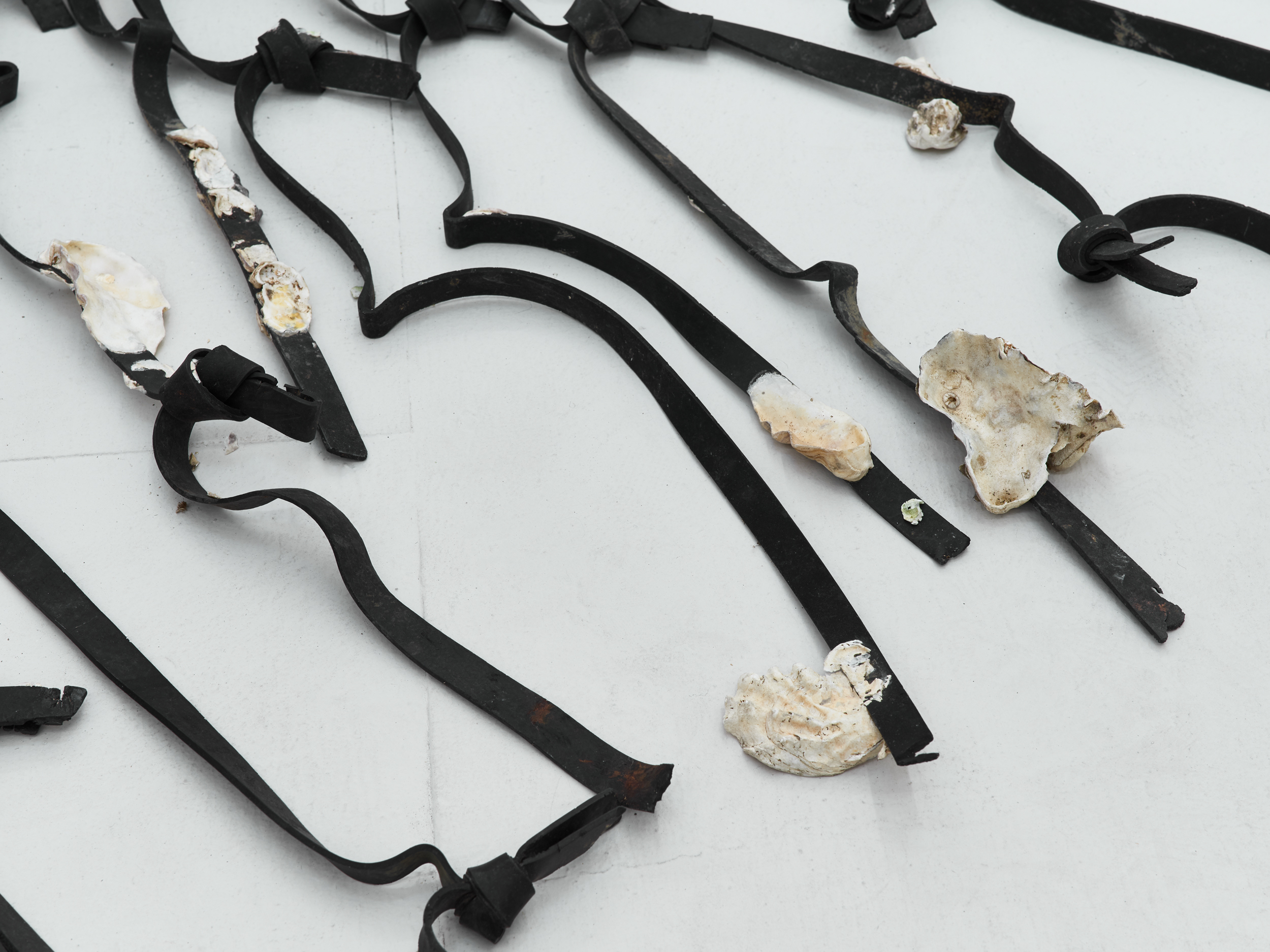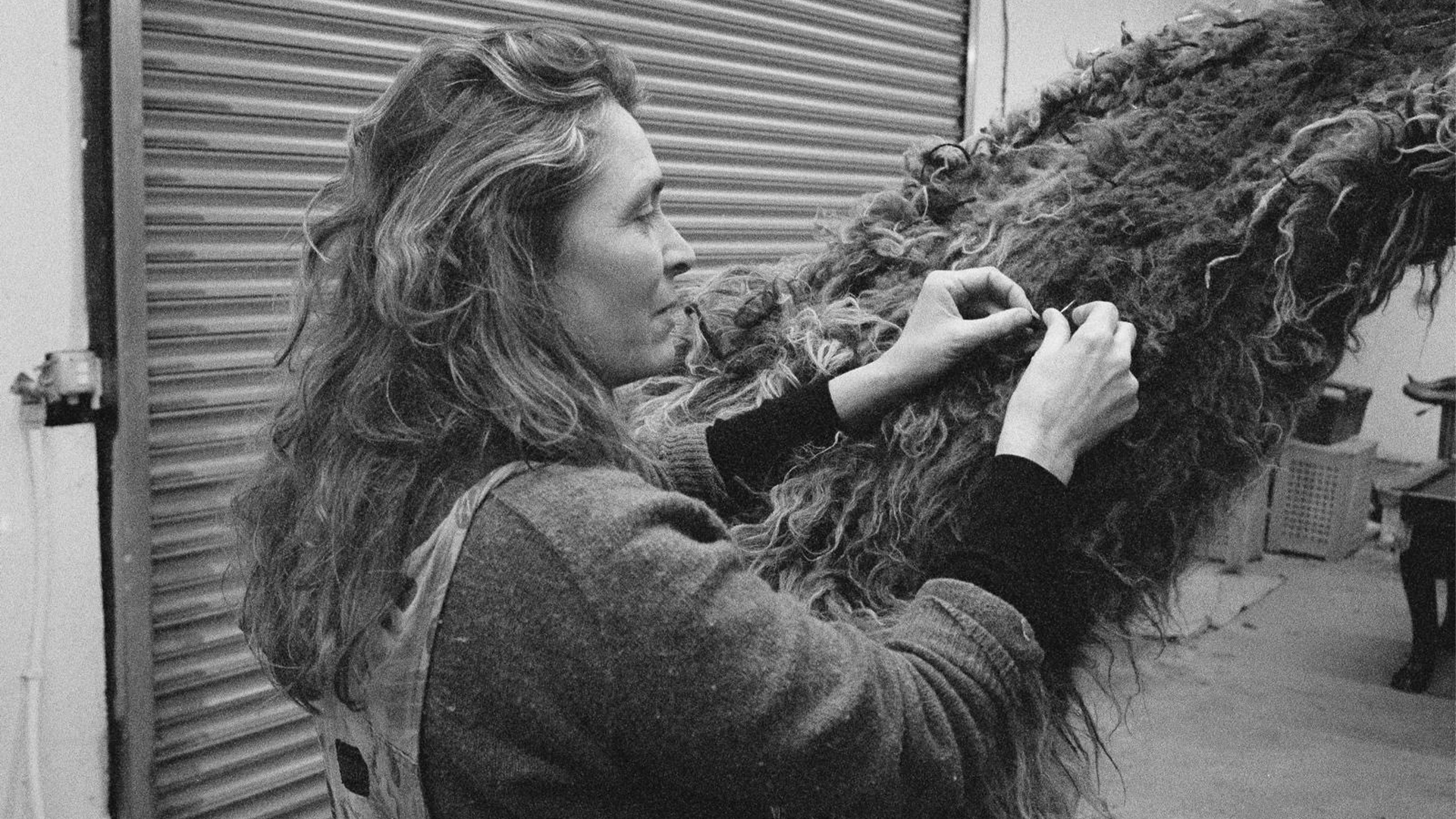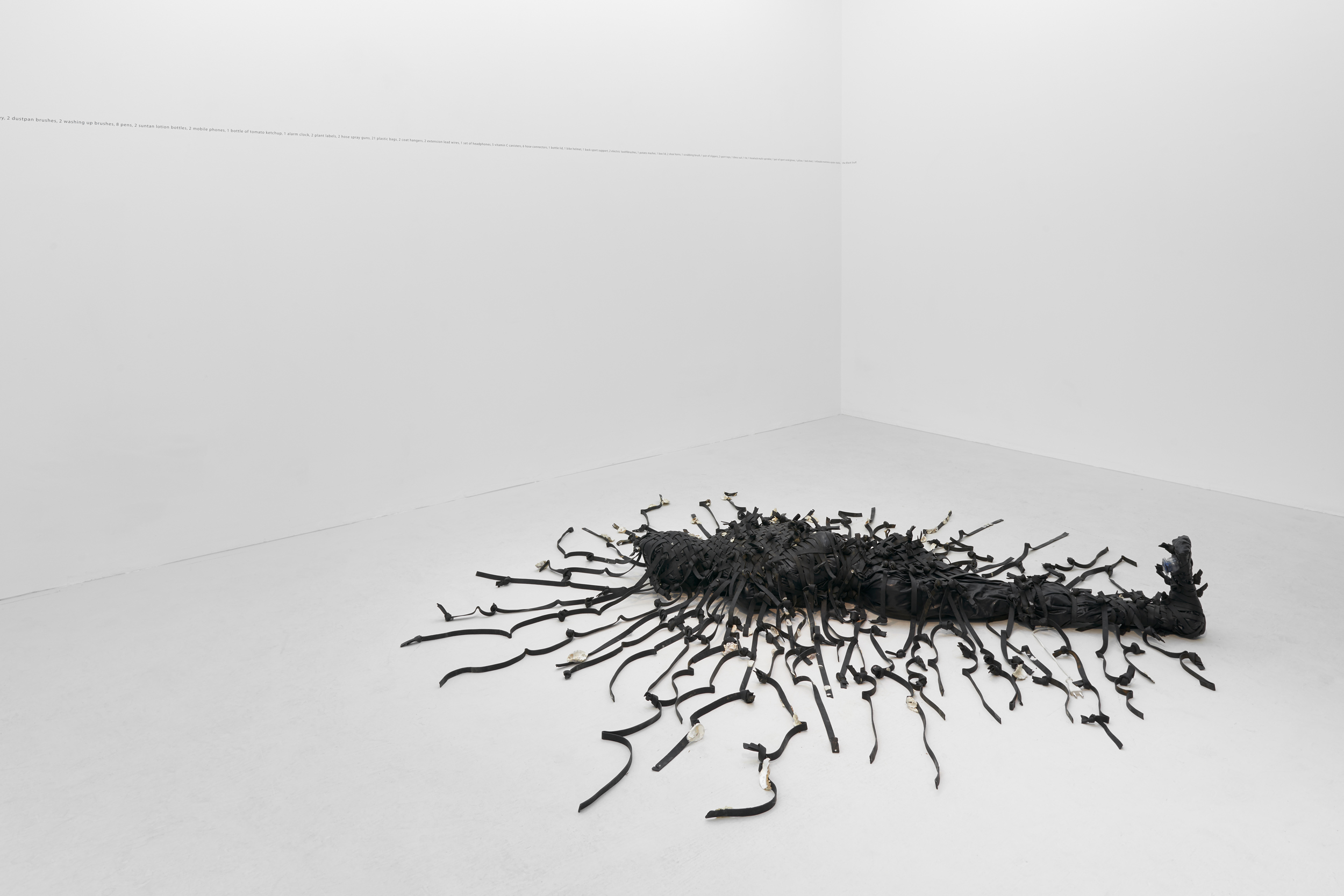

Rachael Louise Bailey lives and works in Kent, UK. He recent exhibitions include: ‘At Sea,’ An Lanntair, Stornoway, Scotland (2023); ‘Double Knowledge,’ Alice Black, London, UK (2023); XXII Bienal Internacional de Arte de Cerveira, Portugal (2022); ‘Thirst of the Tide’, Alice Black, London, UK (2022); and ‘Future Fossils,’ Alice Black, London, UK (2021).
A practice embedded in reuse and reclamation, Bailey creates environmentally charged works which shine an unsparing spotlight on the anthropocentric realities of our time. Rooted in a local context, but with a worldwide reach, Bailey’s work sits within social, political, economic and environmental spheres. The genesis for Bailey’s work is the harvest, investigation and transformation of man-made and organic materials which have been discarded and deemed of little value or significance yet have far reaching environmental consequences. She will often study and work with a material for a number of years, meticulously researching its historical context and experimenting with its physical properties.

Since 2015, her work primarily concentrated upon the collection of a specific marine pollutant, which she refers to as The Black Stuff. Spliced inner tubes of repurposed car tyres make up part of the industrial oyster sea farming equipment, a technique used globally. Regurgitated by the sea, what does not arrive on the beach is swallowed by the waters. In 2021, The Black Stuff series became the single largest body of physical evidence used in a public enquiry to demonstrate the environmental hazards caused by the controversial expansion of oyster trestles. While no formal charges were brought against the Oyster farmers, they are now expected to collect and dispose of their waste materials. The largest work from the series, Global, has been acquired by Fondation Francois Schneider, France. Her recent work intermingles The Black Stuff, a plastic marine pollutant used in industrial oyster farming and salvaged sheep’s wool, which farmers were burning in response the diminishing value of wool.


